This comparison is one of the most debated among our team. The Concept2 RowErg is arguably the best because of its price, indestructible design, and easy-to-use console. It’s the rower people think of for indoor rowing. The Hydrow Pro, on the other hand, is newer, sleek, quieter, and offers subscription training content.
So, do you go with the trusty staple that you can find in every garage and public gym or the shiny, tech-savvy, fun rower?
Strap in; we’re going to break down everything for you.
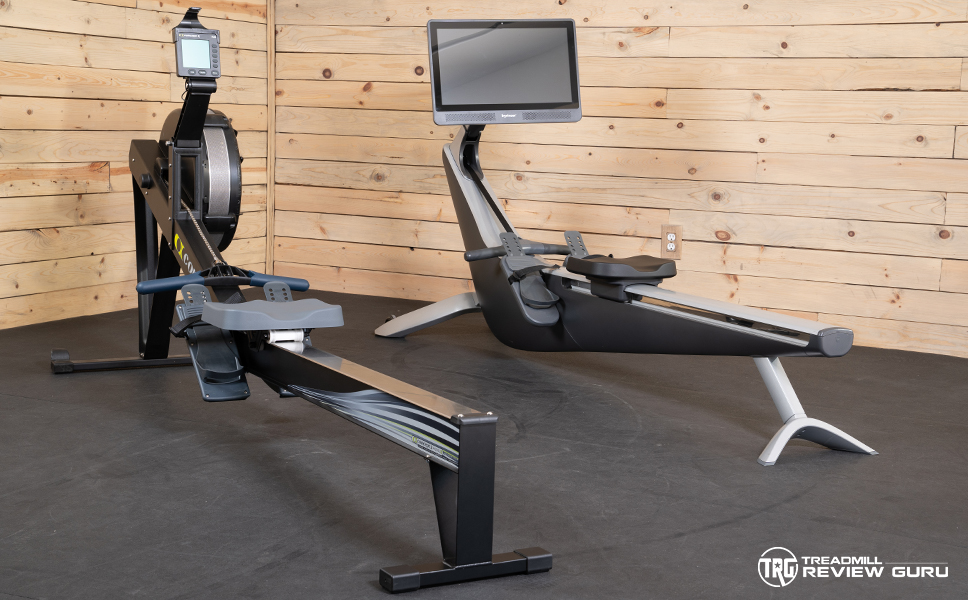
Hydrow vs. Concept2 Rower Comparison: Bottom Line
Hydrow Pro Rower Pros and Cons
- Quiet and smooth
- 22” touchscreen
- Subscription-guided rowing workouts
- Comfortable
- Sturdy with a comfortable handle
- Features rowing professionals
- Great for those who want entertainment and guidance
- It looks sleek
- It can be stored upright
- More expensive
- Very little functionality without a subscription
- Heavier and non-folding
Concept2 RowErg: Bottom Line
Concept2 RowErg Pros and Cons
- Well-priced for the quality
- Used by athletes the world over in rowing contests and competitions
- Lightweight and easy to move
- It can be stored upright or separated into two pieces for easier storing
- It does not require electricity
- It does not require a subscription
- PM5 monitor is simple but has extended functionality
- Tried and true design with excellent durability
- Unlimited air resistance will respond to the strength of any user
- It has a damper lever for quick drag adjustments
- It may not be engaging enough for those who are new to rowing
- It doesn’t provide training or guidance on technique
- Requires dedication and motivation (or an external support group) to program your rowing sessions and challenges
Hydrow vs. Concept2 vs. Similar Rowing Machines
Check out how the Hydrow and Concept2 compare to each other and other rowers.
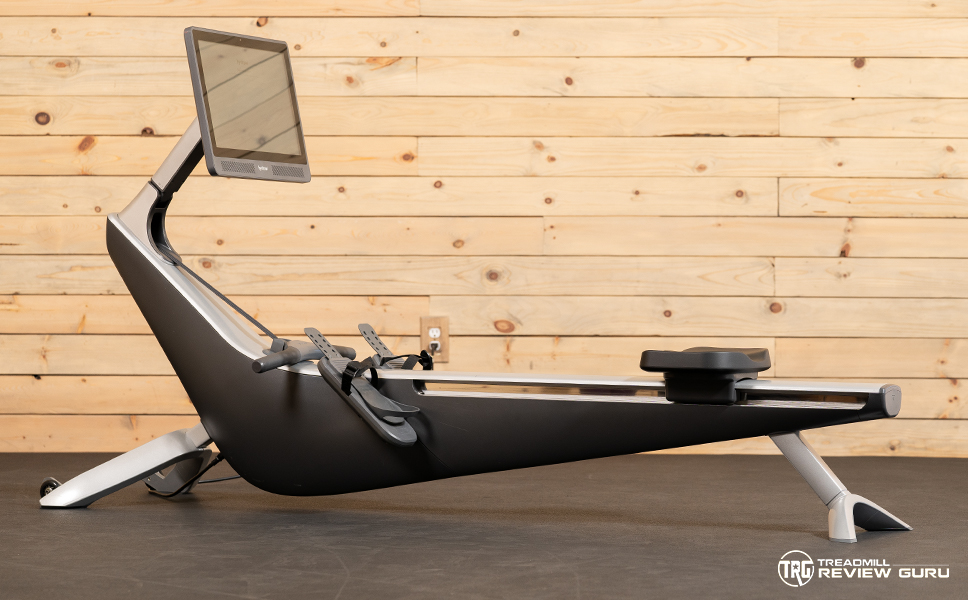 Hydrow Pro Hydrow Pro | 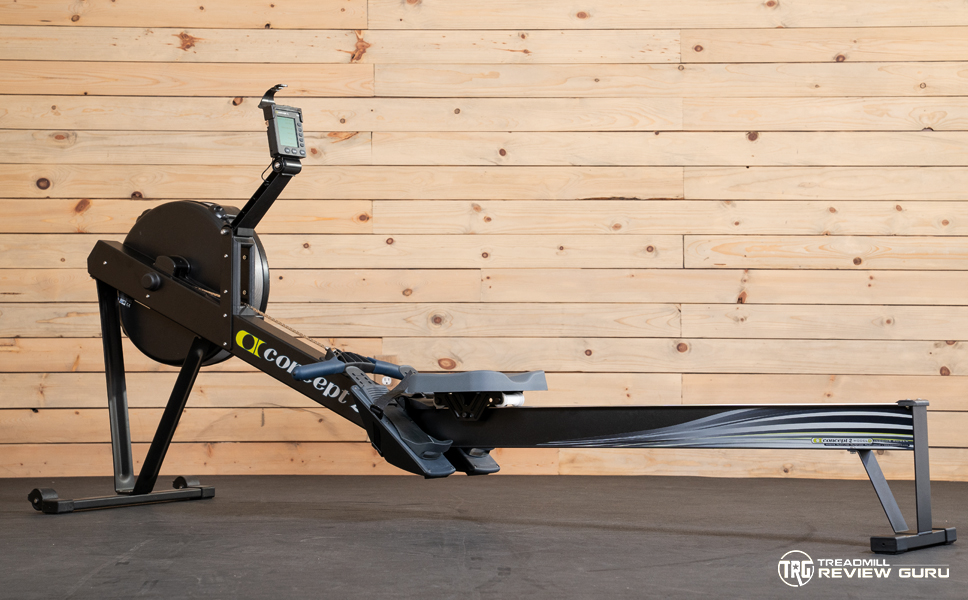 Concept2 RowErg Concept2 RowErg | 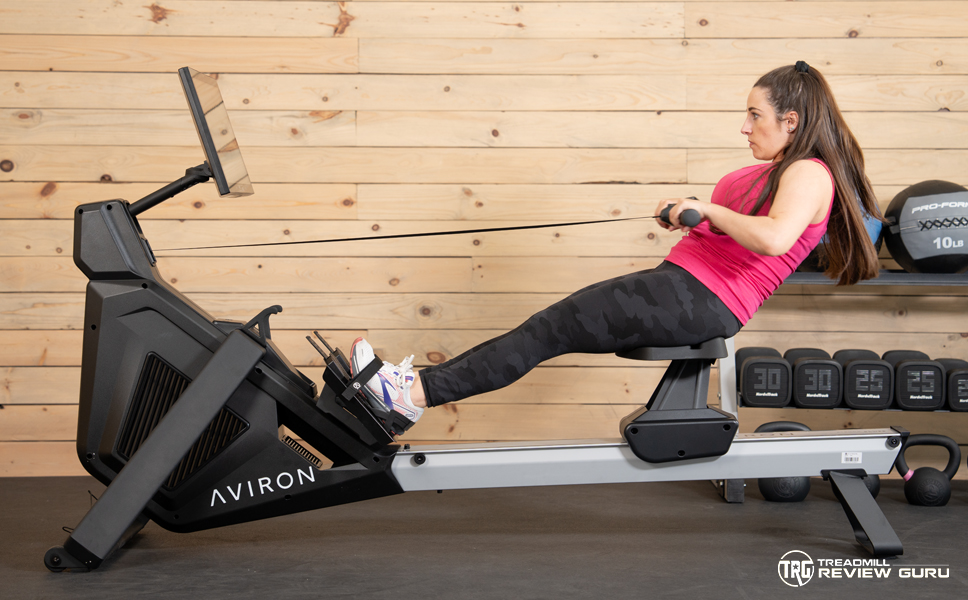 Aviron Strong Aviron Strong | 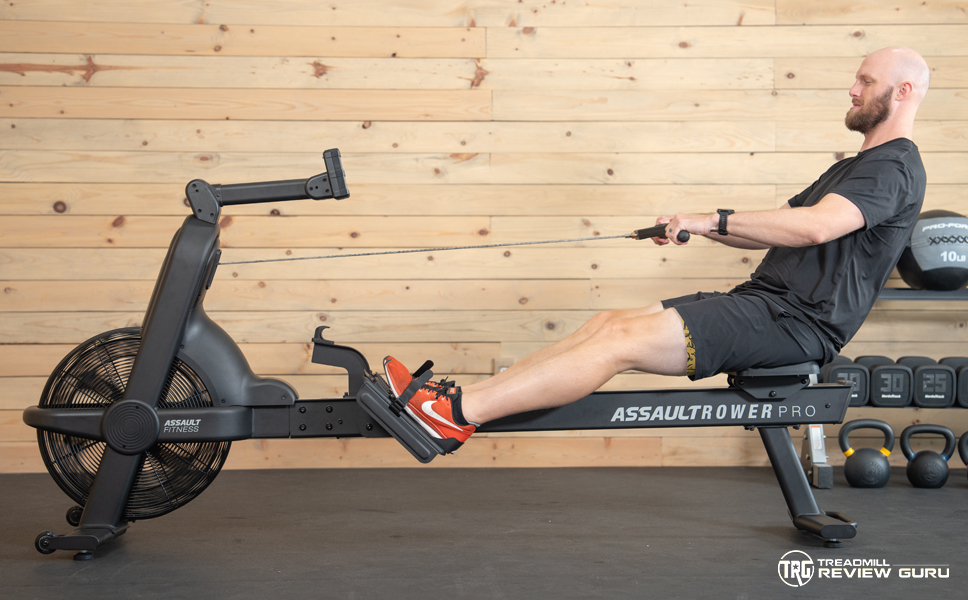 AssaultRower Pro AssaultRower Pro | 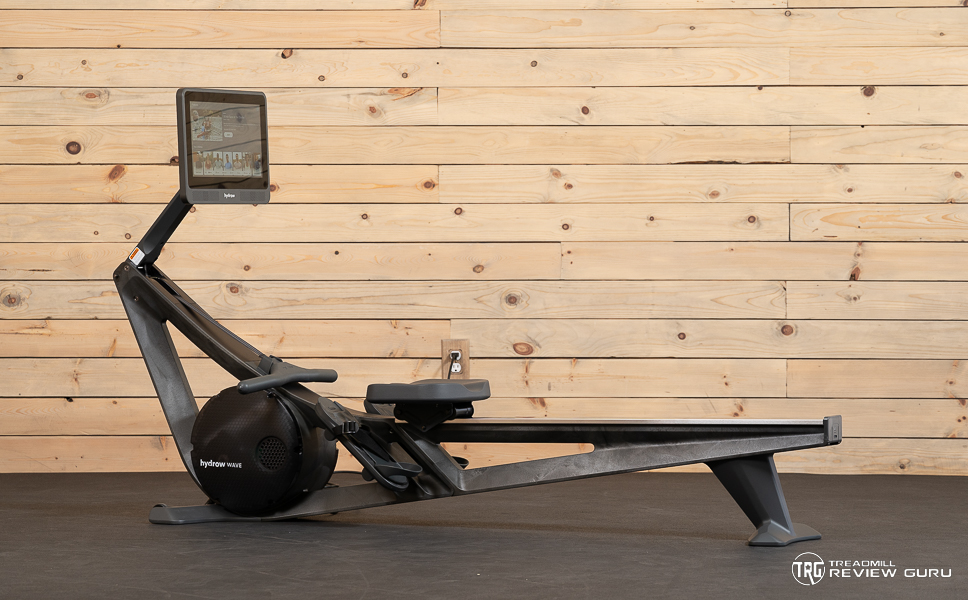 Hydrow Wave Hydrow Wave | |
| Price (MSRP) | |||||
|---|---|---|---|---|---|
| Star Rating | |||||
| Bottom Line | The Hydrow Pro is a rowing athlete’s best option for training on and off the rowing machine with premium trainer-led content and effective magnetic resistance. | The Concept2 is regarded as the best rower with the most accurate monitor and competition-level performance. | The Aviron Strong Rower turns your workout into a game, entertains you with streaming apps, and guides you with trainer-led workouts. | This high-quality rower is well-priced, comfortable, and durable. | The Hydrow Wave’s magnetic resistance and training content create the most realistic on-the-water feel with a lighter frame and lower price than other machines in Hydrow’s lineup. |
| Awards Earned | |||||
| Check Price | Check Price | Check Price | Check Price | Check Price | Check Price |
| Product | Hydrow Pro | Concept2 RowErg | Aviron Strong | AssaultRower Pro | Hydrow Wave |
| Workout Experience | 8 | 8 | 7 | 8 | 8 |
| Specs / Features | 9 | 8 | 7 | 7 | 8 |
| Dimensions / Storability | 6 | 8 | 7 | 7 | 7 |
| On-Board Workouts & Apps | 9 | 6 | 8 | 5 | 9 |
| Build Quality | 9 | 10 | 8 | 8 | 9 |
| Overall Score | 89 | 92 | 82 | 85 | 90 |
| # of Onboard Workouts | 1 | 12 | 1 | 8 | 1 |
| Paid Programming - Cost | $44/month | N/A | $29/month | N/A | $44/month |
| Netflix / 3rd Party Apps | N/A | N/A | YouTube, Max, Disney+, Hulu, Prime, Spotify, Paramount+, Netflix | N/A | N/A |
| Display | 22” HD touchscreen | PM5 Console | 22” HD touchscreen | Battery-powered digital console | 16” HD touchscreen |
| Dimensions (In Use) | 86"L x 25"W x 47"H | 96” L x 24” W x 14” H | 84” L x 27” W x 48” H | 92” L x 22” W x 45” H | 80" L x 19" W 43" H |
| Storage | Vertical (with wall mount), horizontal | Vertical, horizontal, in two pieces | Vertical, horizontal | Upright | Horizontal, vertical |
| Rower Weight | 145 lbs | 57 lbs | 114 lbs | 109 lbs | 102 lbs |
| Weight Capacity | 375 lbs | 500 lbs | 507 lbs | 350 lbs | 375 lbs |
| Resistance Type | Magnetic | Air | Hybrid magnet & air | air | magnetic |
| Max Resistance | 300 (drag factor) | Unlimited | 16 magnetic resistance levels | unlimited | 300 (drag factor) |
| Height Limit | 36” (inseam) | 38” (inseam) | 6’8” | N/A | 36” (inseam) |
| Warranty | 1-year home use warranty | 5 years on frame; 2 years on moving parts and console | 10-year frame, 1-year parts | 7-year frame, 3-year non-wear parts | 5-year frame; 12-month parts, screen, and labor |
| Additional Features | Bluetooth, pivoting screen, leaderboard | 10-level damper, chain drive, device holder | Belt drive, air ventilation, tall seat | Versatile handle, locking seat, rear transport handle | Belt drive, Bluetooth, frame color options |
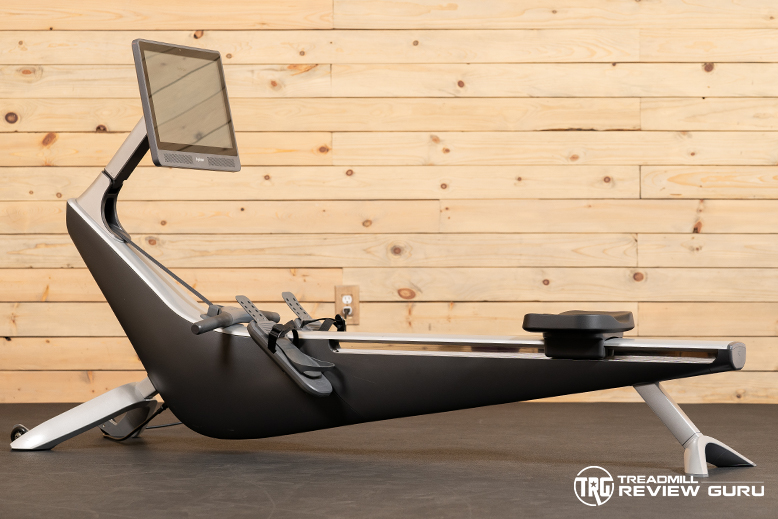
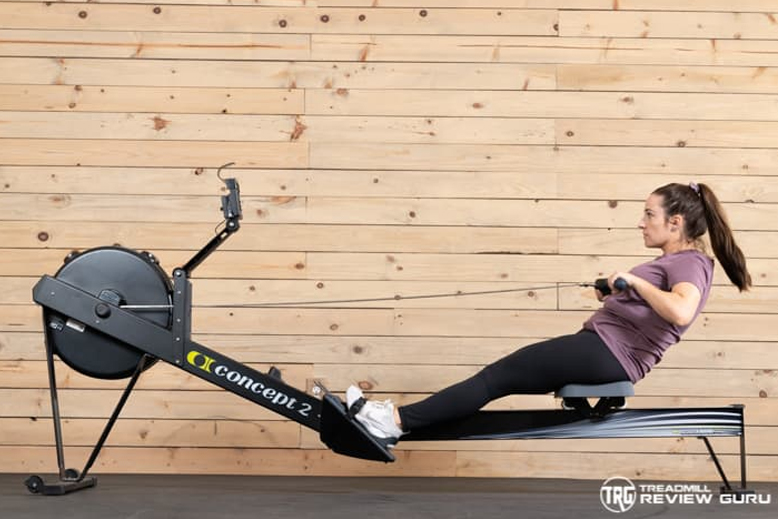
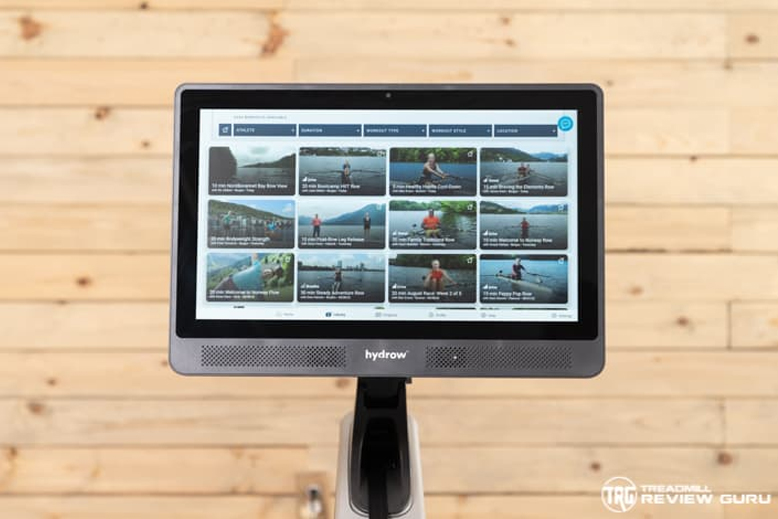
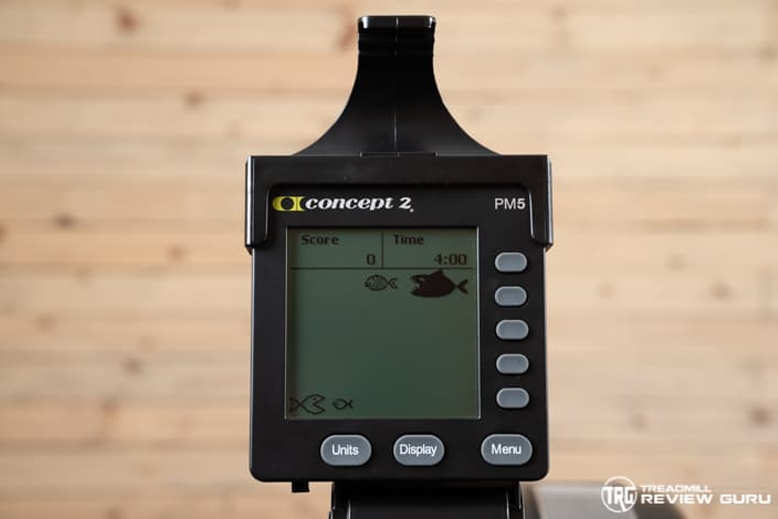
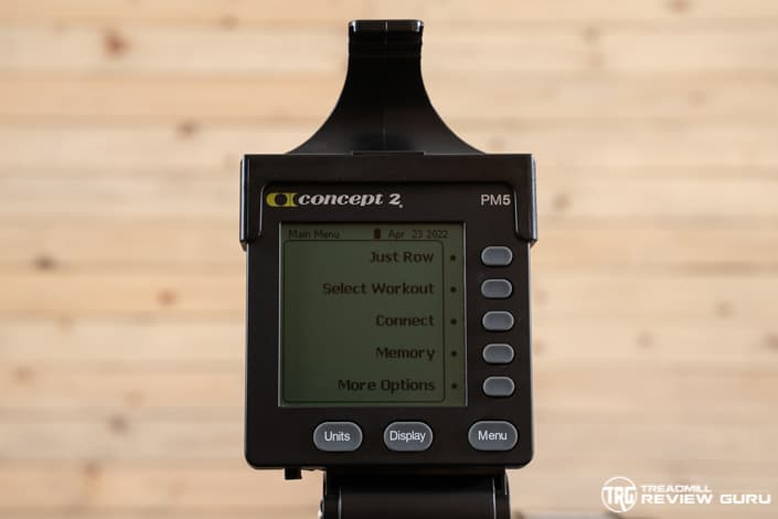
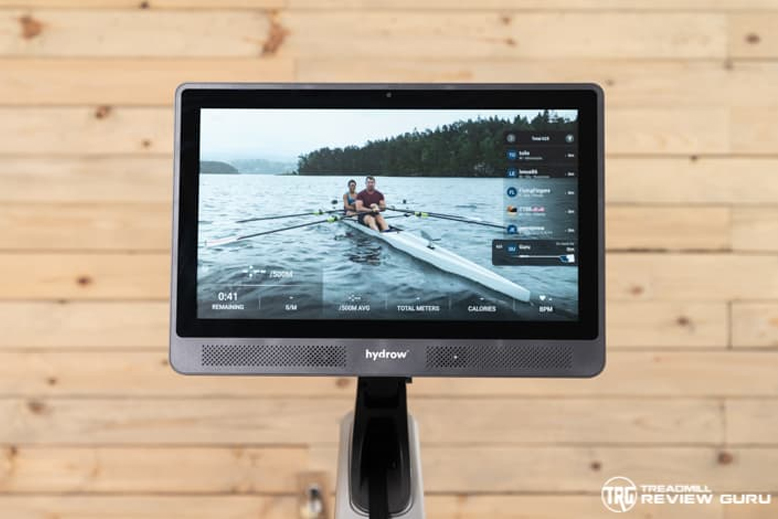
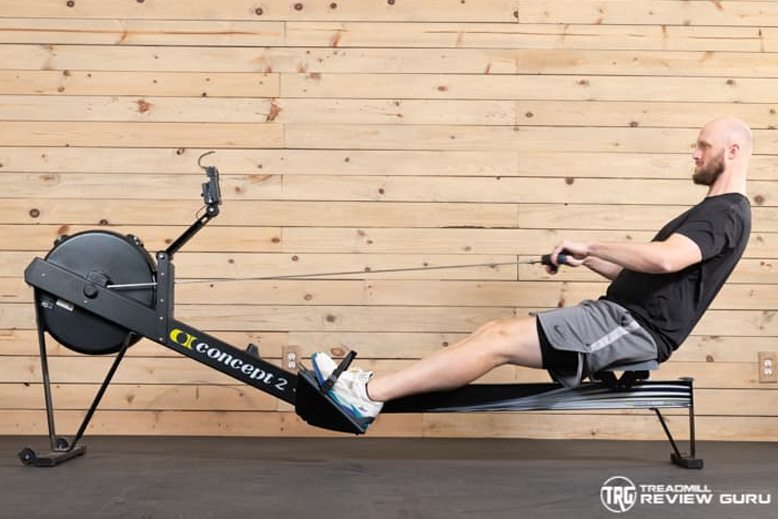
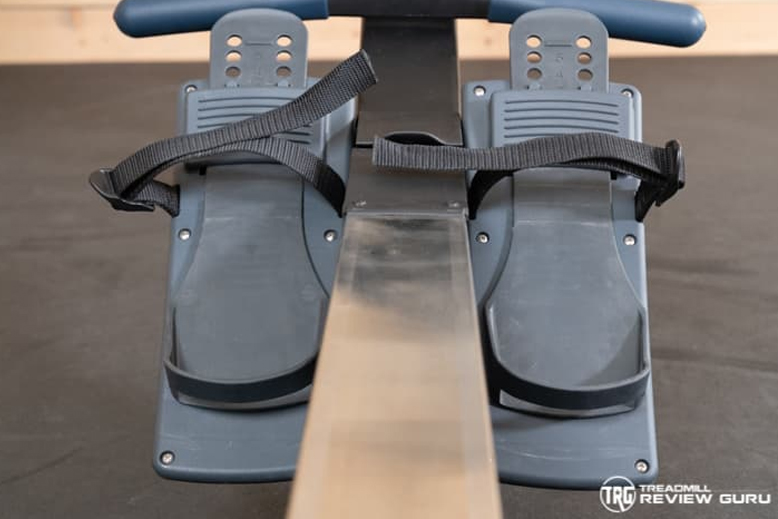
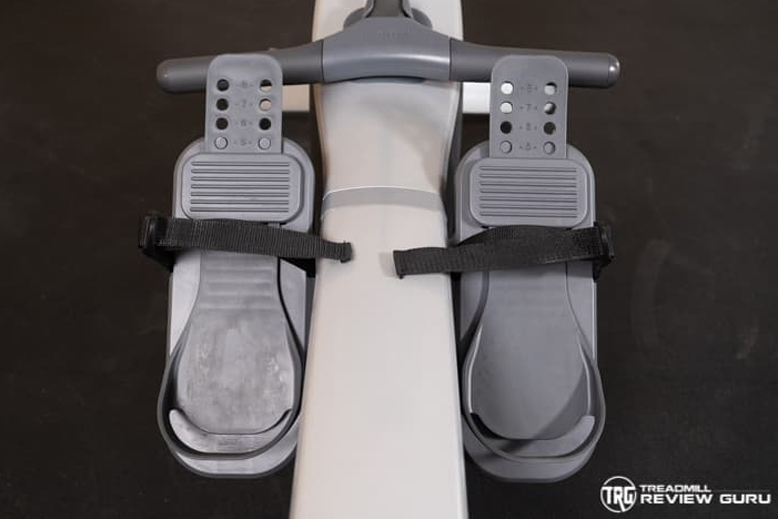
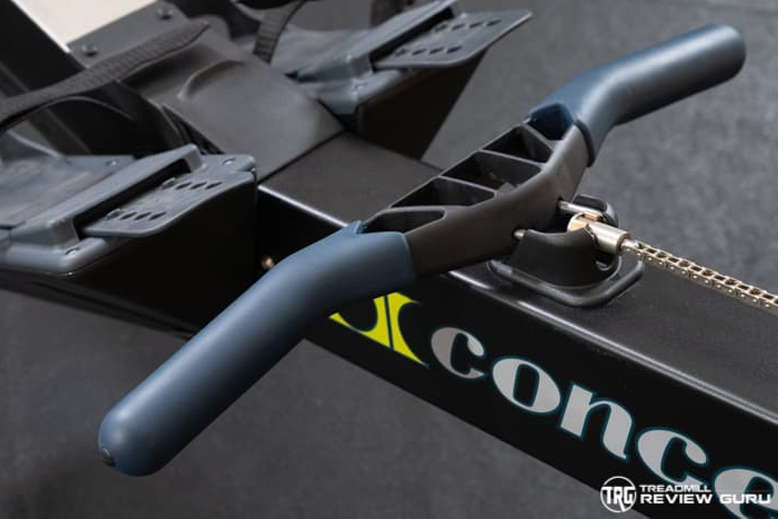
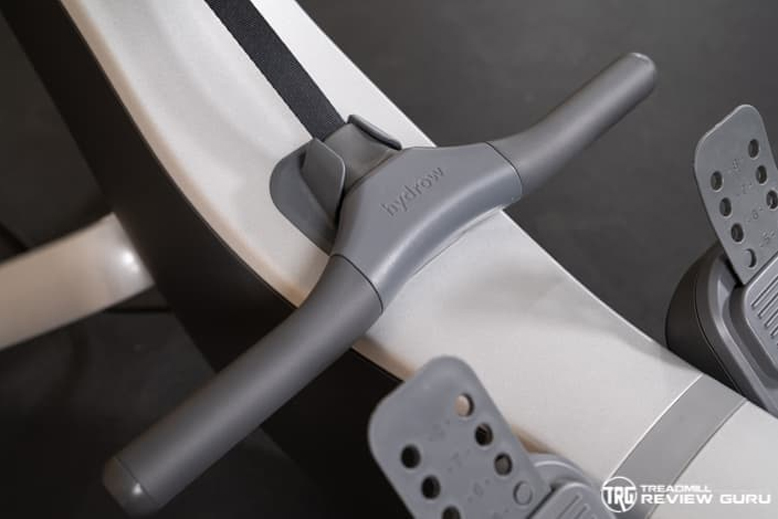
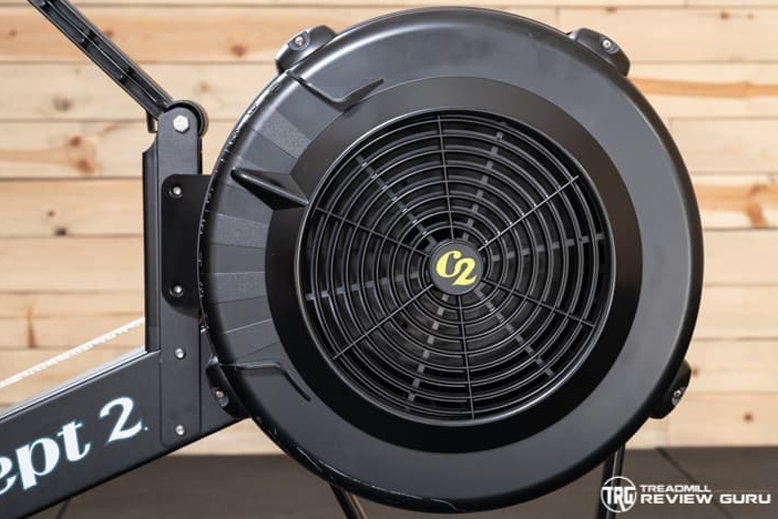
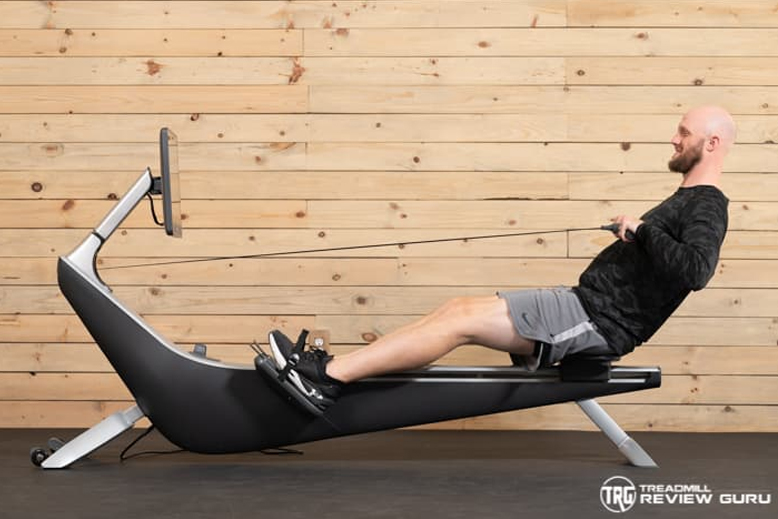
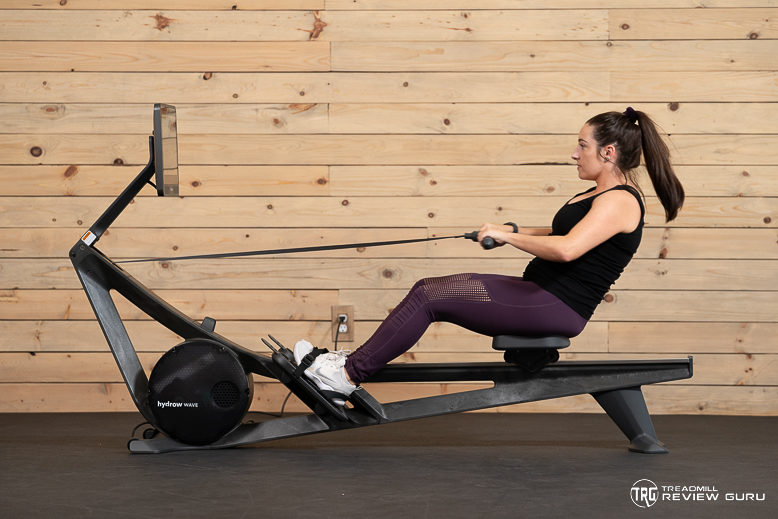
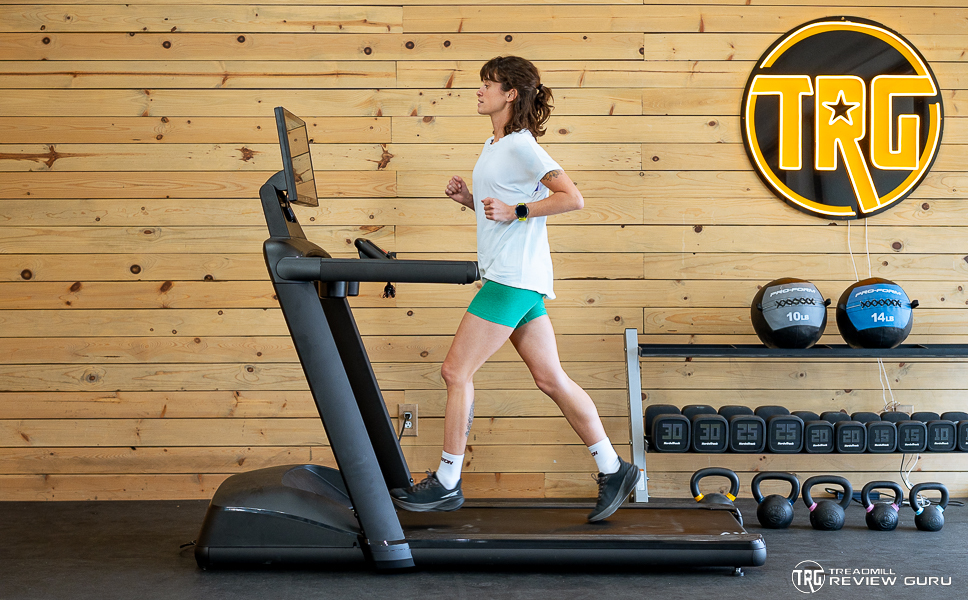
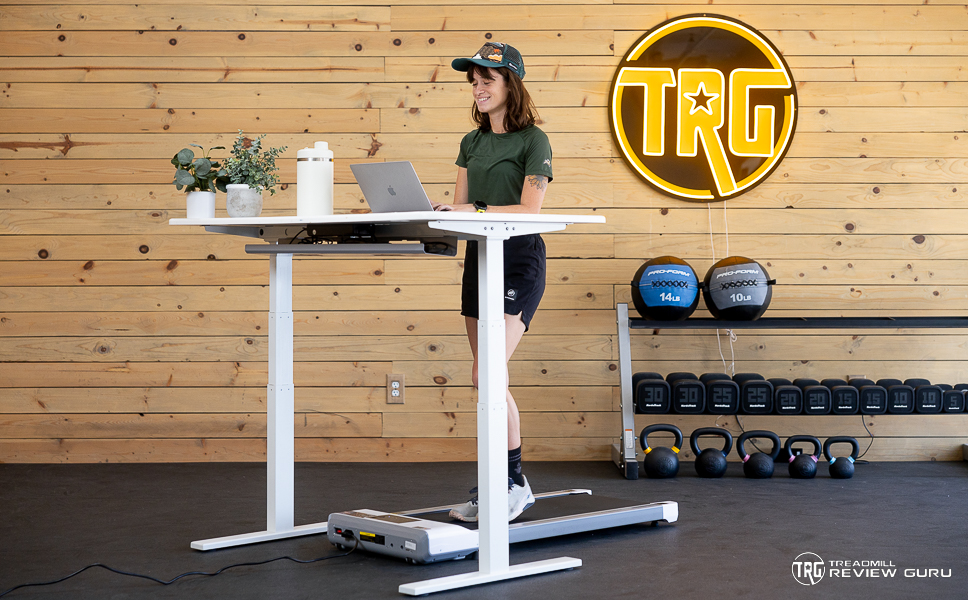
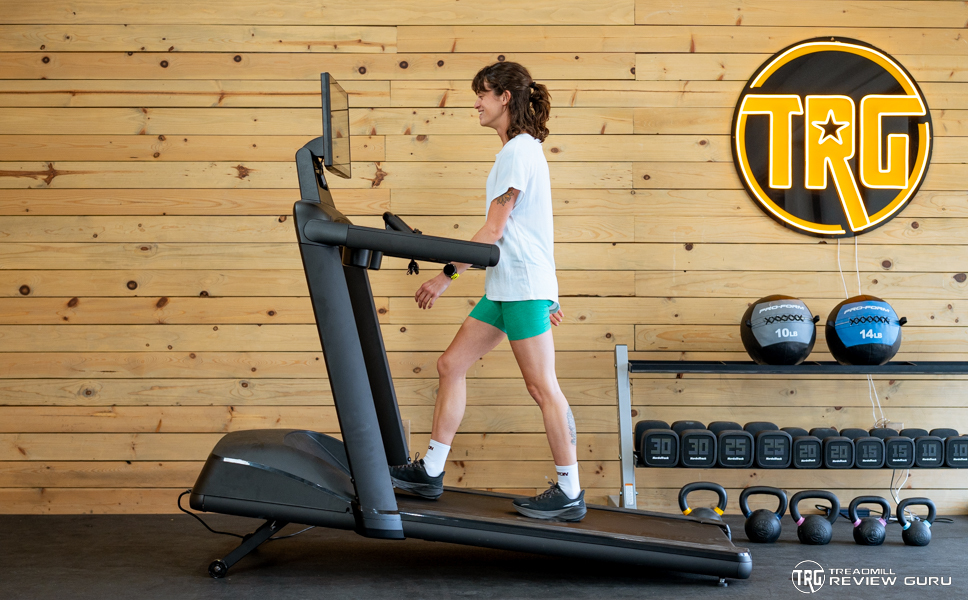
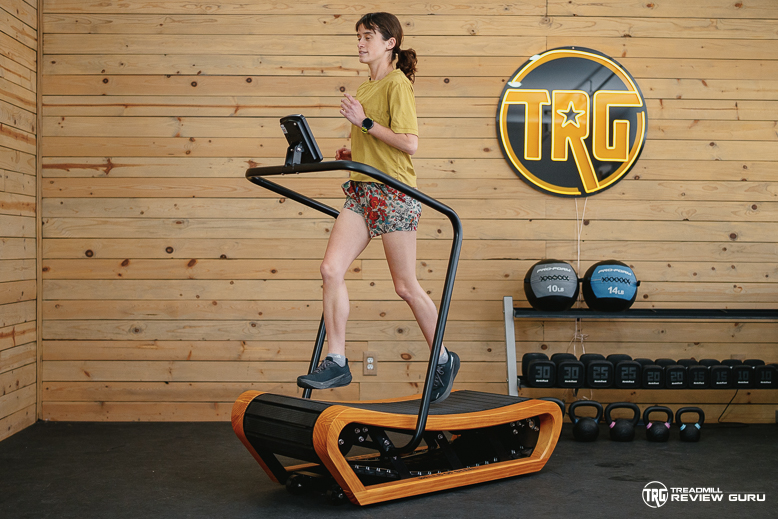
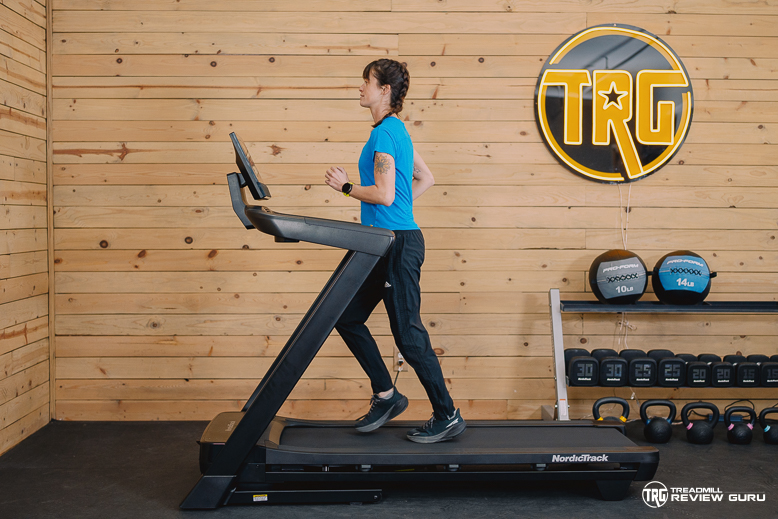


Leave a Reply